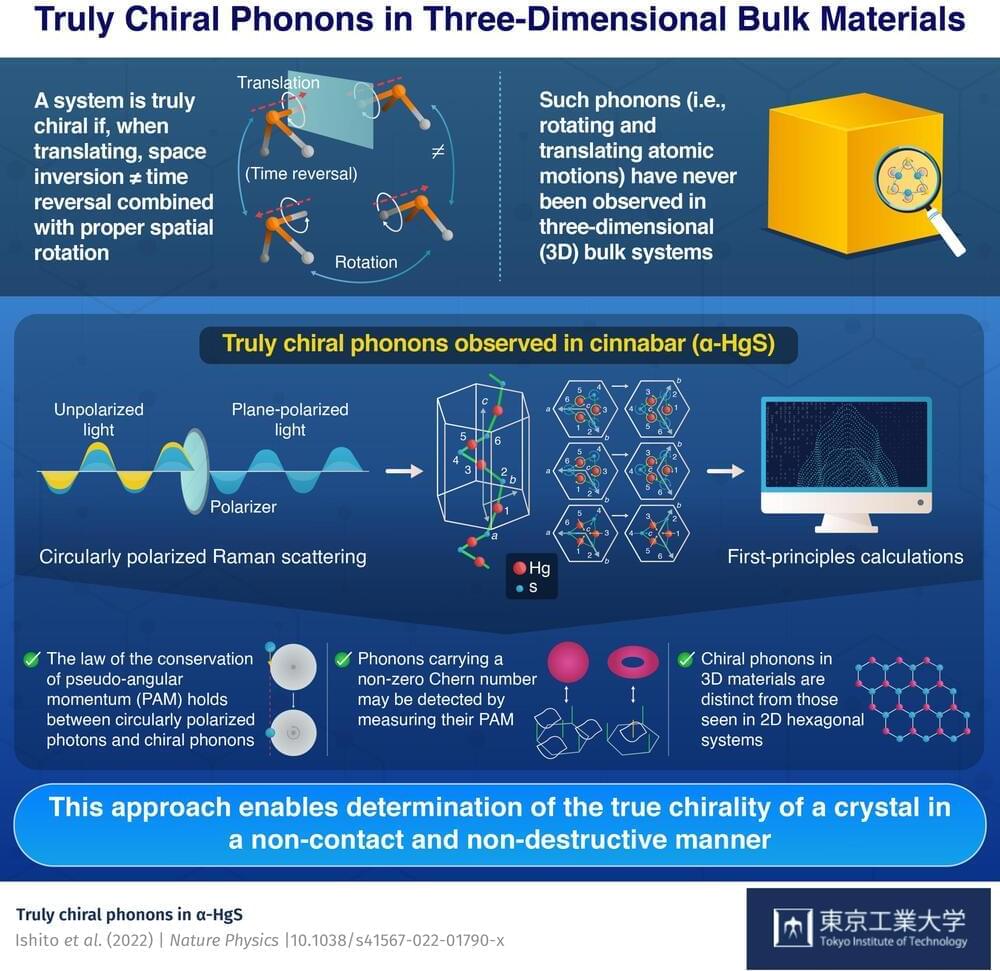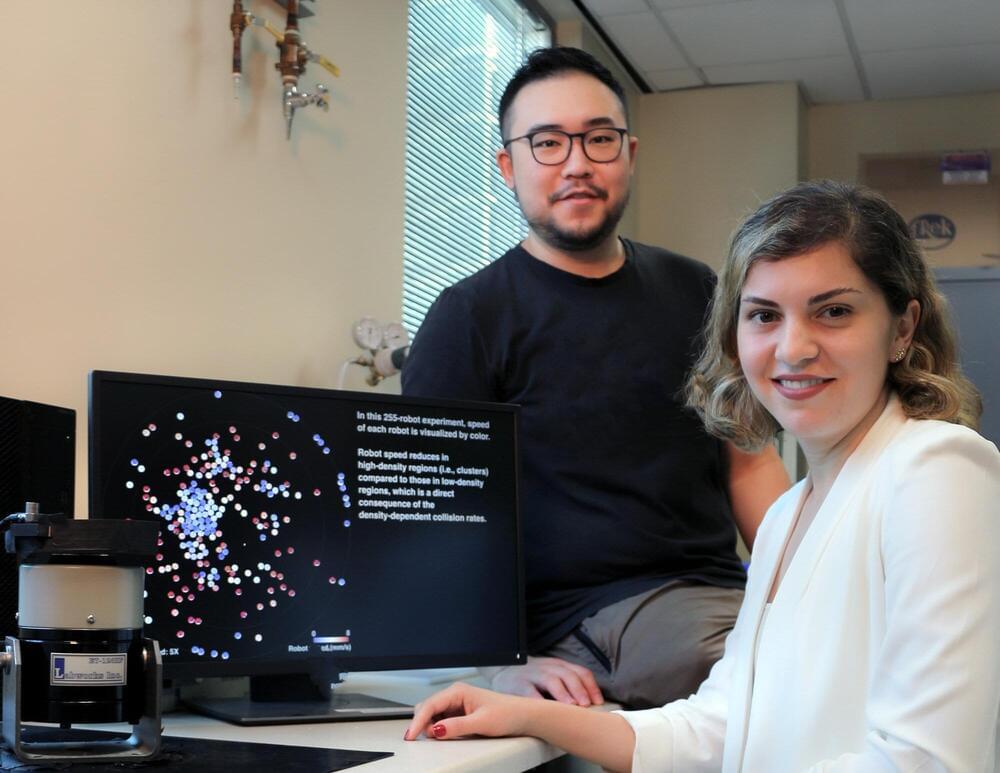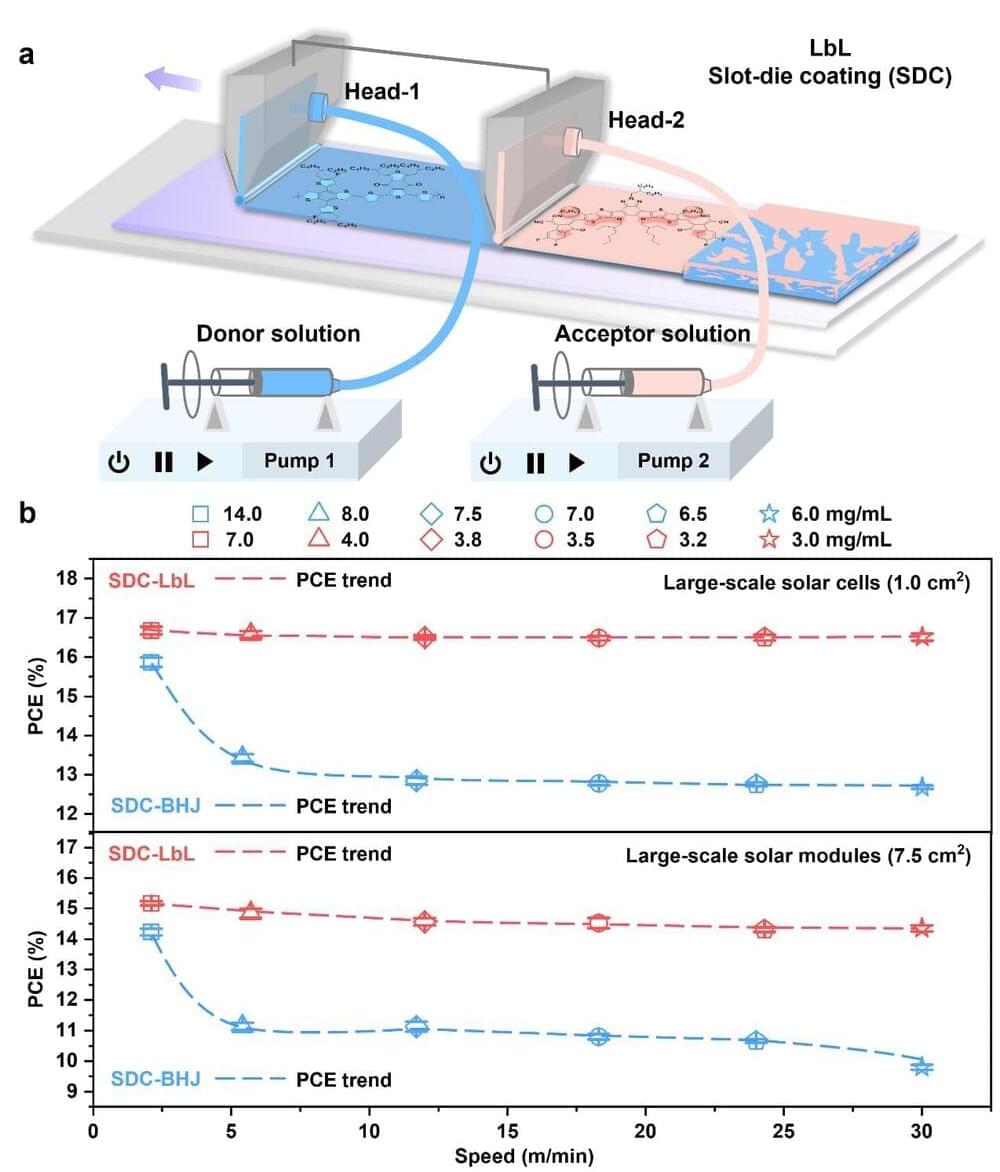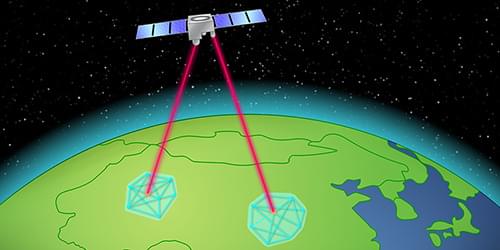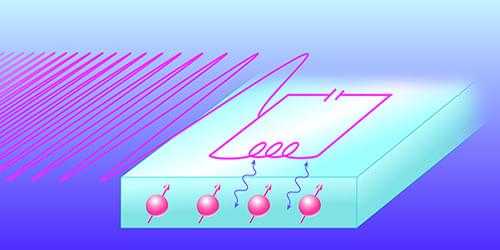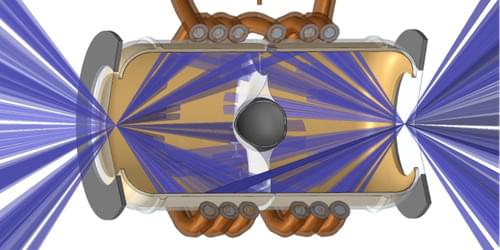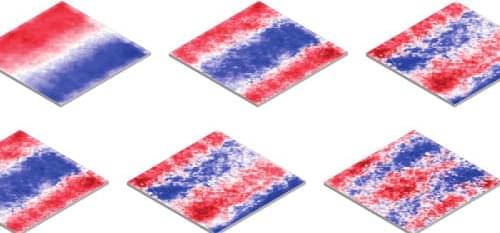Nov 9, 2022
Truly chiral phonons observed in three-dimensional materials for the first time
Posted by Saúl Morales Rodriguéz in categories: particle physics, space
Chirality is the breaking of reflection and inversion symmetries. Simply put, it is when an object’s mirror images cannot be superimposed over each other. A common example are your two hands—while mirror images of each other, they can never overlap. Chirality appears at all levels in nature and is ubiquitous.
In addition to static chirality, chirality can also occur due to dynamic motion including rotation. With this in mind, we can distinguish true and false chirality. A system is truly chiral if—when translating—space inversion does not equate to time reversal combined with a proper spatial rotation.
Phonons are quanta (or small packets) of energy associated with the vibration of atoms in a crystal lattice. Recently, phonons with chiral properties have been theorized and experimentally discovered in two-dimensional (2D) materials such as tungsten diselenide. The discovered chiral phonons are rotating—yet not propagating—atomic motions. But, truly chiral phonons would be atomic motions that are both rotating and propagating, and these have never been observed in three-dimensional (3D) bulk systems.
